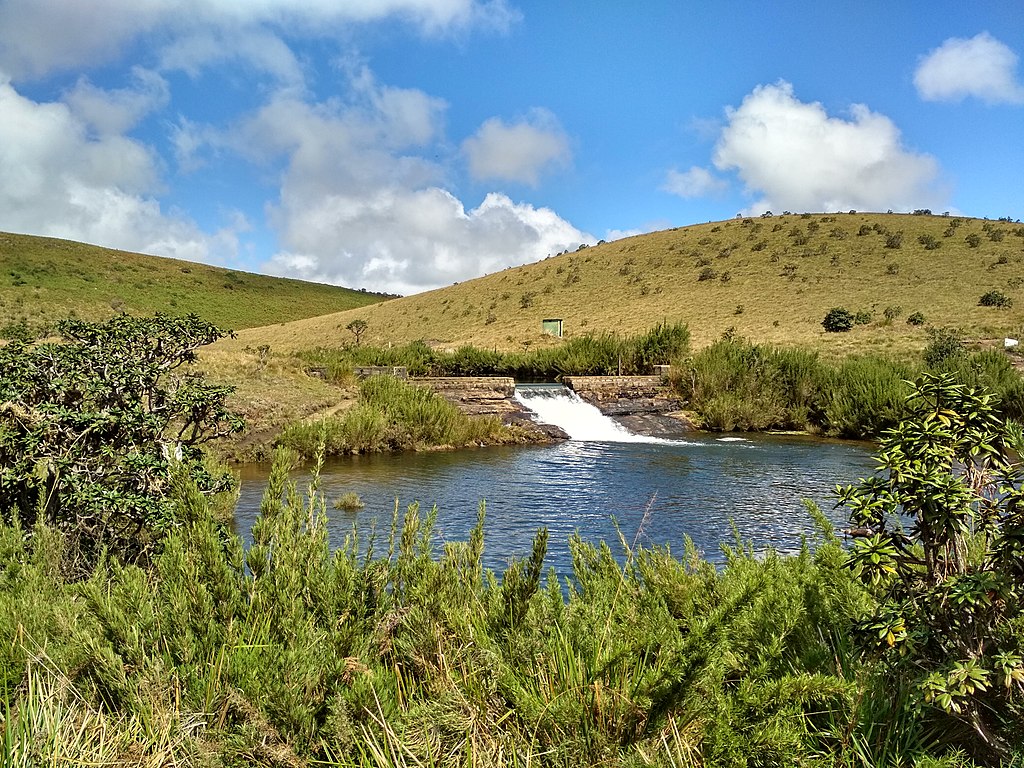In the fast-paced world today, the gravity of preserving and restoring natural ecosystems cannot be overstated. Nature conservation is a meaningful economic and social investment. Horton Plains, Sri Lanka is at the top of the list of sites that need preservation because of its rich biodiversity.
The low-down on Horton Plains
If you are a nature lover you will find many eco-friendly attractions in Kandy, the major city in the central highlands of Sri Lanka. A sustainable hub which houses many enthralling luxury hotels built with natural surroundings like Earl’s Regency, Kandy is also connected to the range of the UNESCO Heritage site, Horton Plains. Sprawling along an area of nearly 3,160 hectares, the protected site sits on an elevation of more than 2000 meters above sea level.
Mesmerising flora
Renowned for its picturesque landscapes, Horton Plains is home to several endemic species of plants, some of which are not found anywhere else on Earth. Binara, a medicinal plant, the rhododendron arboreum, a woody plant which sprouts red blossoms, and the meadow rue, a herb with flowers resembling a miniature star, are some examples of the unique plants found in this biodiversity hotspot.
Endemic fauna

Sambar Deer – Image via Flickr
Mammals like the Sri Lankan sambar deer, the largest of its kind found on the island, the purple-faced langur, the Sri Lankan leopard, the wild boar, the Horton Plains slender loris and the rusty-spotted cat can be spotted in this setting. Birds including the Sri Lanka whistling thrush, the Sri Lanka white-eye, the yellow-eared bulbul and the Sri Lanka junglefowl can be found in the park.
Conservation efforts
Despite being a protected zone, many of the flora and fauna in Horton Plains are under threat mainly due to human activity. Visitors to the site engage in destructive schemes like logging, grazing and uprooting herbs. Steps have been taken to deforest the area and penalise those who engage in illegitimate activities. However, there is still more to be done to truly preserve this site and safeguard it for future generations.
